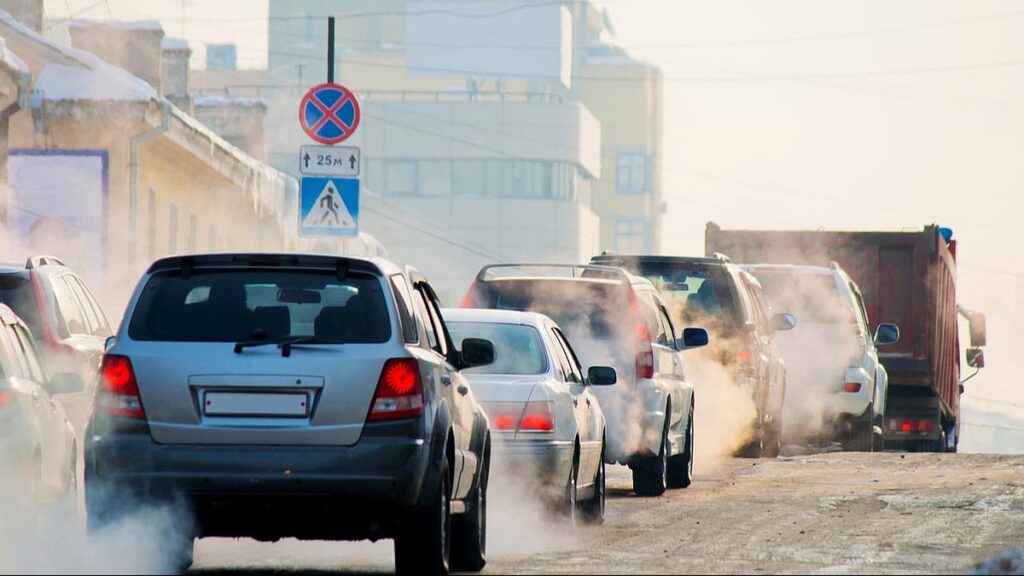
After COVID-19 pandemic took over, the world was never the same, and the same goes for the existential dilemma the world is facing when it comes to greenhouse gas emissions; despite President Joe Biden’s climate pledges, the U.S. is drifting from reaching its climate goals.
A preliminary analysis by research firm, Rhodium Group, uncovered that the world’s largest economy’s greenhouse gas emissions rebounded in 2021 after it was relatively tamed in 2020 with the overtake of the pandemic.
Compared to 2020, U.S. greenhouse gas emissions rose by 2 percent in 2021, according to the research company. This presents a relatively higher than usual approximation in economic development for the year, with a 5.7 percent climb in Gross Domestic Product (GDP).
GDP is a means to measure the volume and state of a country’s economic development over a certain period – typically quarterly.
The mount is a clear demonstration of global economic power as countries worldwide seek to revive their economy after the crippling state lingering by COVID-19. Global powers have returned to the old polluting demeanor, a factor that will do wonders in accelerating the intensity of climate change.
One of the leading reasons driving the U.S. plunge into pollution lies in adopting diesel trucks and coal plants. This does not come as a shock given that the U.S. is one of the biggest advocates of diesel and coal, even before the pandemic in 2020.
However, the increased demand for Diesel, which overruled gasoline, was the newly risen trend that took over.
In their quarantine, people sought different means to fill in the void of staying at home doing nothing, and that void was filled with shopping. The rising demand for deliveries led to keeping trucks busy throughout the whole year, with road freight being the primary means of transportation that experienced a fuel exceeding any levels before the pandemic.
“The largest increase in emissions in 2021 came from the transportation sector, reflecting high demand for freight transportation of consumer products and a modest recovery of passenger travel,” the research analysis revealed.
“Road freight was the only transport mode that rebounded beyond 2019 levels in 2021. Continued demand for consumer goods kept freight demand high, even surpassing 2019 levels for several months of the year. On a year-on-year basis, aggregate diesel demand rose 9 percent from 2020 levels, putting it at 0.4 percent above 2019 levels,” the report elaborated.
While the report mostly focused on the rising level of greenhouse gas emissions in the U.S., it also brought some remarkable insights concerning renewable energy.
In 2021, renewable energy in the U.S. amplified for the first time, marking 20 percent of the country’s electricity generation, with experts believing solar power will build an extended demand in 2022, as it will sustain approximately half of all “newly installed capacity to the power grid,” according to the U.S. Energy Information Administration.